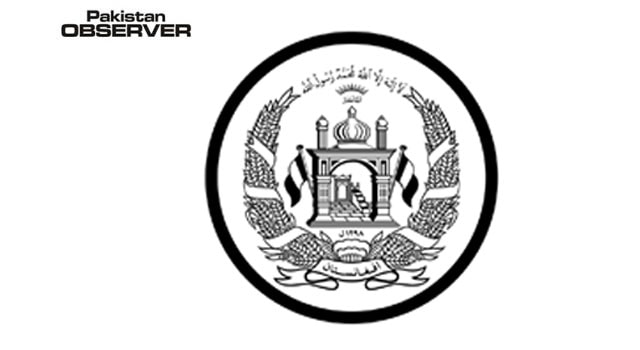DEZWARI, Afghanistan: Ahmed Shah Jamshidi and his family go to bed hungry every night, but not because food is in short supply. They just can’t afford enough of it.
“We were poor before the takeover. Now we have nothing,” said Jamshidi, 42, who lost his job as a security guard after aid cuts crippled the economy. His village in western Afghanistan, in the mountains outside of Herat, had already endured years of drought, forcing most farmers to sell off livestock and look for work in nearby towns and cities.
Throughout the country, millions of lives are similarly threatened. Childhood malnutrition is on the rise, and nearly half of all Afghans don’t have enough to eat, according to the latest figures from the United Nations. Jamshidi’s family is among them, even as he scrambles to keep his wife and seven children from starving. He borrows money from shopkeepers to buy increasingly expensive items like potatoes and cooking oil that his wife uses to make the family’s main meal: a pot of watery stew.Some days there is no food and “the children scream from the hunger at night,” he said. “Sometimes all we have is donated stale bread and tea. And when we run out of tea, I just gather grass to boil with the water.”
Afghanistan’s humanitarian crisis has been building for decades, driven not just by persistent poverty and too little rain, but also by generations of war and an economy almost entirely dependent on international support. Still, it was the Biden administration’s decision to halt aid in response to the Taliban takeover that put the country on the brink of catastrophe.
Story continues below advertisement “Not another cent will go to a future government of Afghanistan that doesn’t uphold basic human rights,” State Department spokesman Ned Price told reporters after the fall of Kabul in August. It was a “knee-jerk” response, in the recent words of one U.S. official involved in those policy discussions, who spoke on the condition of anonymity because he was not authorized to talk about them.
The State Department’s refusal to recognize the Taliban also made it impossible for the country’s new rulers to access billions of dollars in foreign assets. Parallel moves by the World Bank and the European Union brought Afghanistan’s economy crashing down.
As winter approached and humanitarian groups warned of famine, the Biden administration came under increasing pressure to prevent a catastrophe. In recent months, the United States and others began to funnel money through the United Nations and groups that bypass Taliban leadership. Yet these hundreds of millions of dollars in international aid are a small fraction of the billions that once kept the country afloat.
The economic isolation of Afghanistan has done little to moderate the Taliban’s hard-line rule. But the consequences have been devastating for the Afghan people, especially the poor.
Lal Mohammed, Jamshidi’s neighbor in Dezwari, lost his job as a day laborer after the U.S. withdrawal. Desperate to find work, he made four attempts to cross illegally into Iran. Border guards beat him and turned him back. The 65-year-old has resorted to subsistence farming with his sons.
Mohammed’s entire family is eating less, including his pregnant daughter.
“I feel weaker,” said Nour Bibi, a 30-year-old mother of two. “I don’t know exactly what’s wrong. I never had this condition before.”
Mohammed wants to take her to the doctor, but he can’t spare the $2 for a taxi.—Tolonews









